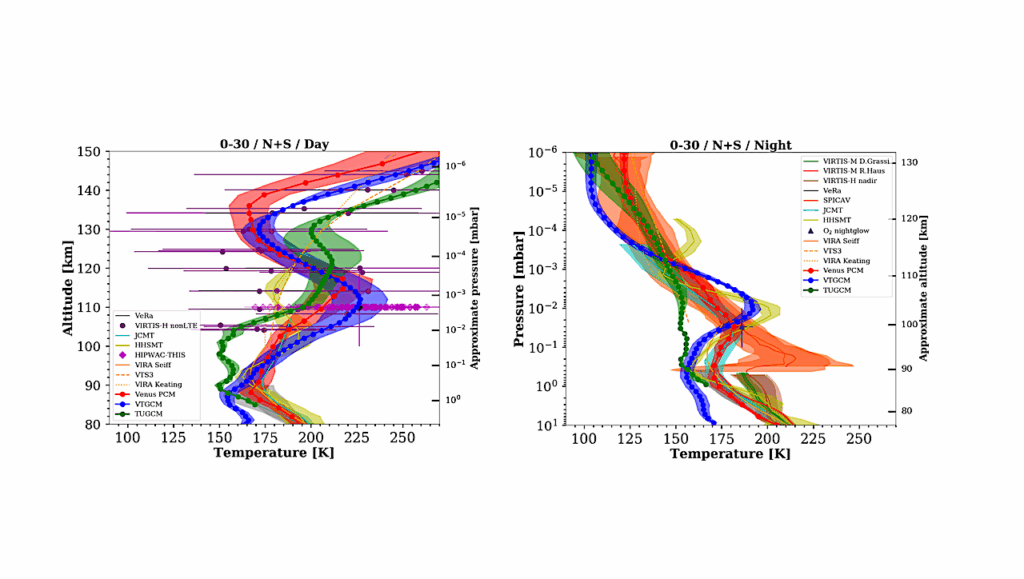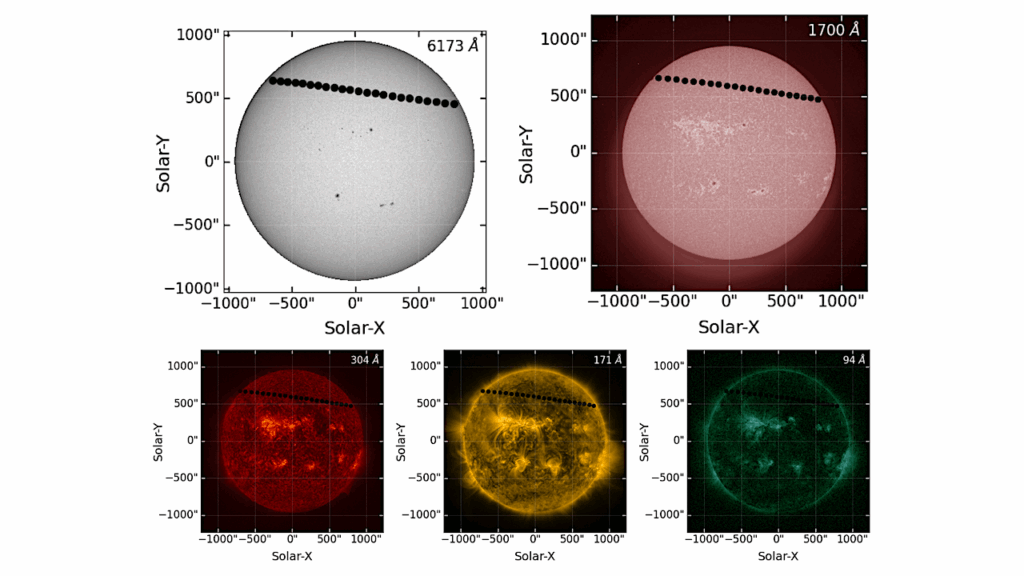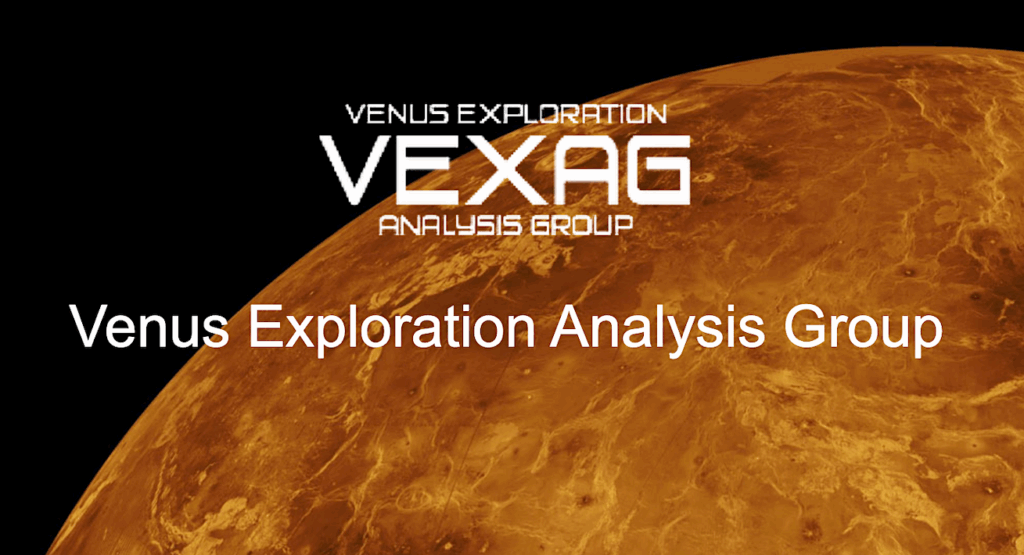Day-night Cloud Asymmetry Prevents Early Oceans On Venus But Not On Earth

Earth has had oceans for nearly four billion years and Mars had lakes and rivers 3.5-3.8 billion years ago. However, it is still unknown whether water has ever condensed on the surface of Venus because the planet – now completely dry – has undergone global resurfacing events that obscure most of its history.
The conditions required for water to have initially condensed on the surface of Solar System terrestrial planets are highly uncertain, as they have so far only been studied with one-dimensional numerical climate models that cannot account for the effects of atmospheric circulation and clouds, which are key climate stabilizers. Here we show using three-dimensional global climate model simulations of early Venus and Earth that water clouds – which preferentially form on the nightside, owing to the strong subsolar water vapour absorption – have a strong net warming effect that inhibits surface water condensation even at modest insolations (down to 325 W/m2, that is, 0.95 times the Earth solar constant).
This shows that water never condensed and that, consequently, oceans never formed on the surface of Venus. Furthermore, this shows that the formation of Earth’s oceans required much lower insolation than today, which was made possible by the faint young Sun. This also implies the existence of another stability state for present-day Earth: the ‘Steam Earth’, with all the water from the oceans evaporated into the atmosphere.
Martin Turbet, Emeline Bolmont, Guillaume Chaverot, David Ehrenreich, Jeremy Leconte, Emmanuel Marcq
Comments: Published in Nature (13 October 2021)
Subjects: Earth and Planetary Astrophysics (astro-ph.EP); Atmospheric and Oceanic Physics (physics.ao-ph)
Journal reference: Nature 598, 276-280 (2021)
DOI: 10.1038/s41586-021-03873-w
Cite as: arXiv:2110.08801 [astro-ph.EP] (or arXiv:2110.08801v1 [astro-ph.EP] for this version)
Submission history
From: Martin Turbet
[v1] Sun, 17 Oct 2021 11:48:47 UTC (7,405 KB)
https://arxiv.org/abs/2110.08801
Astrobiology








